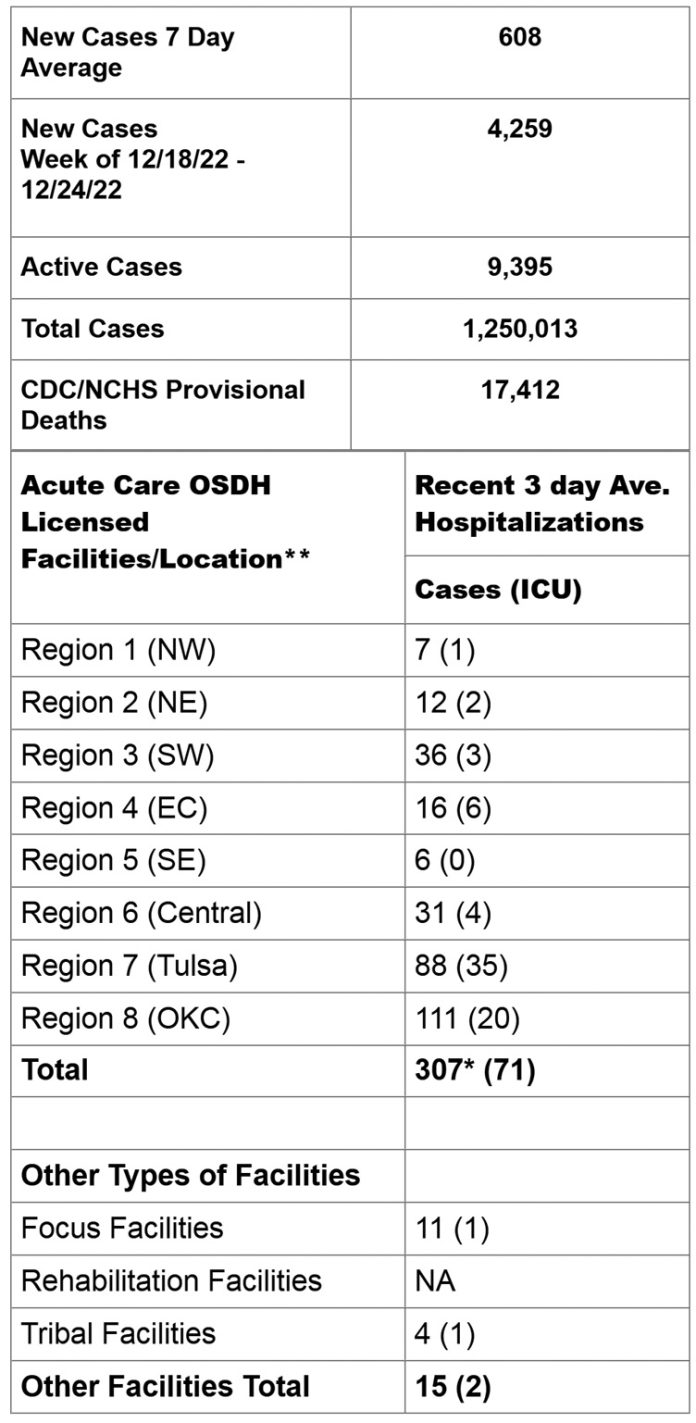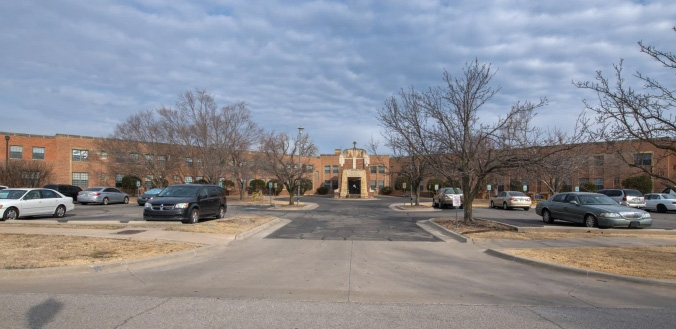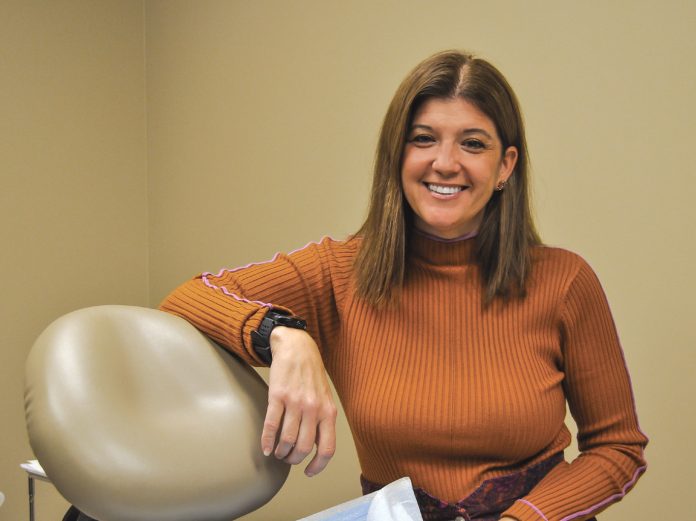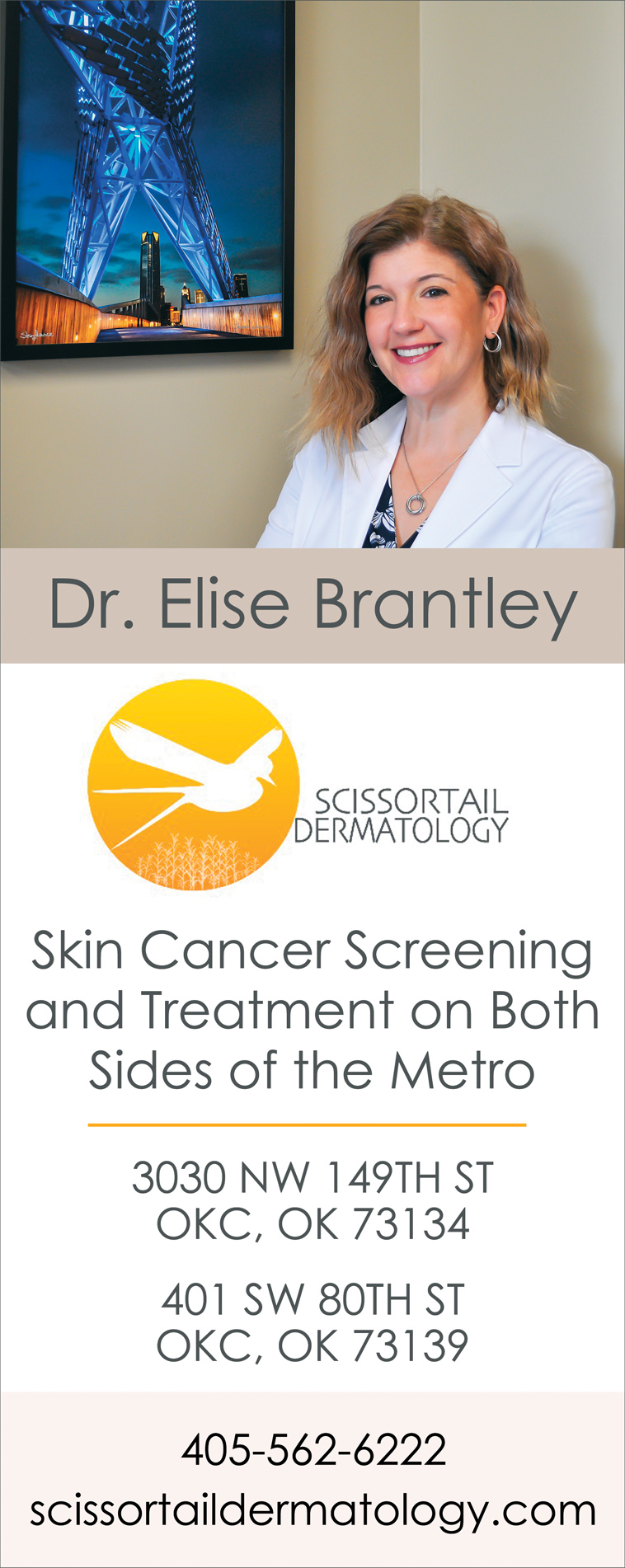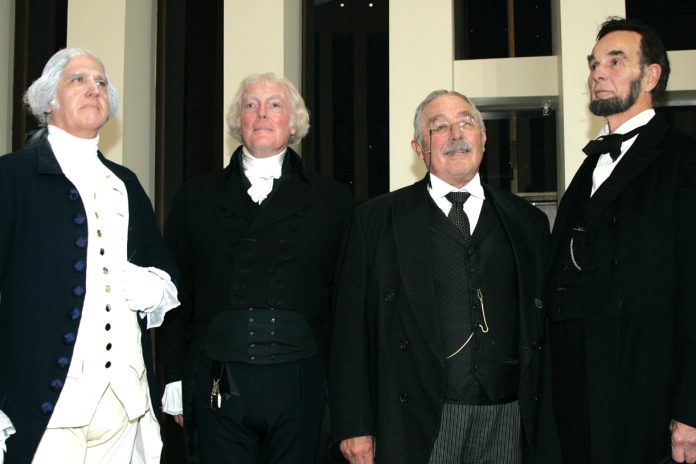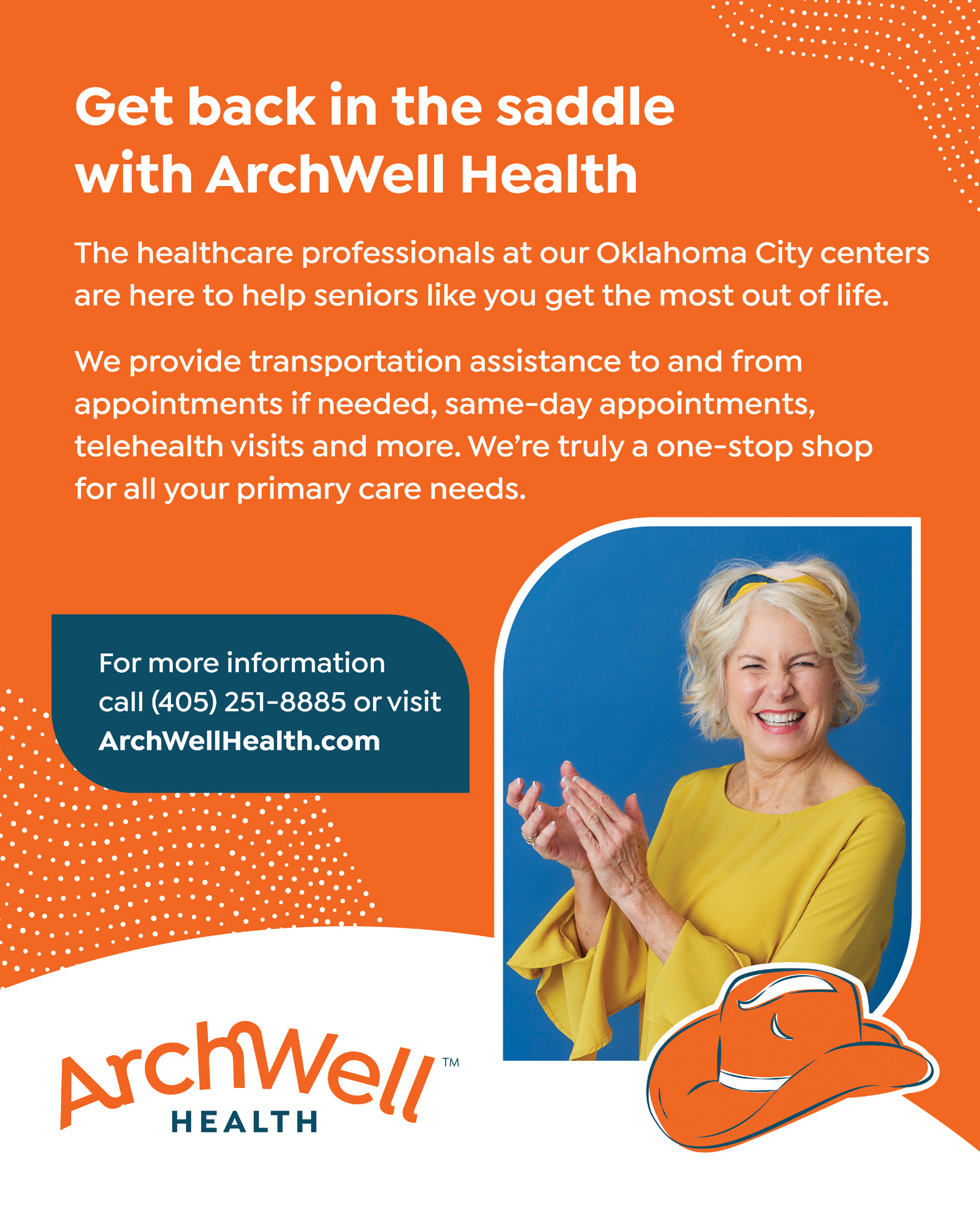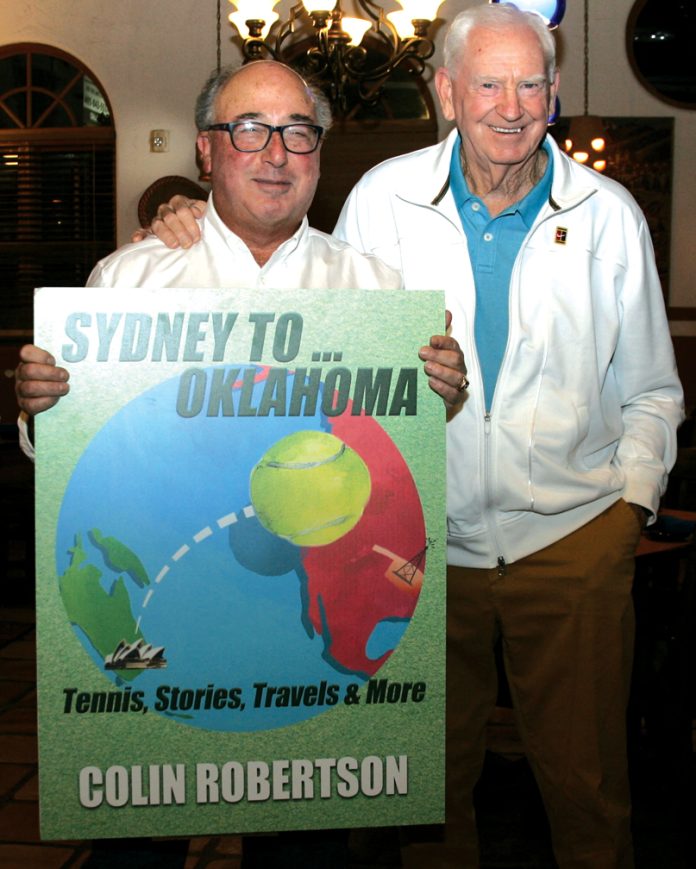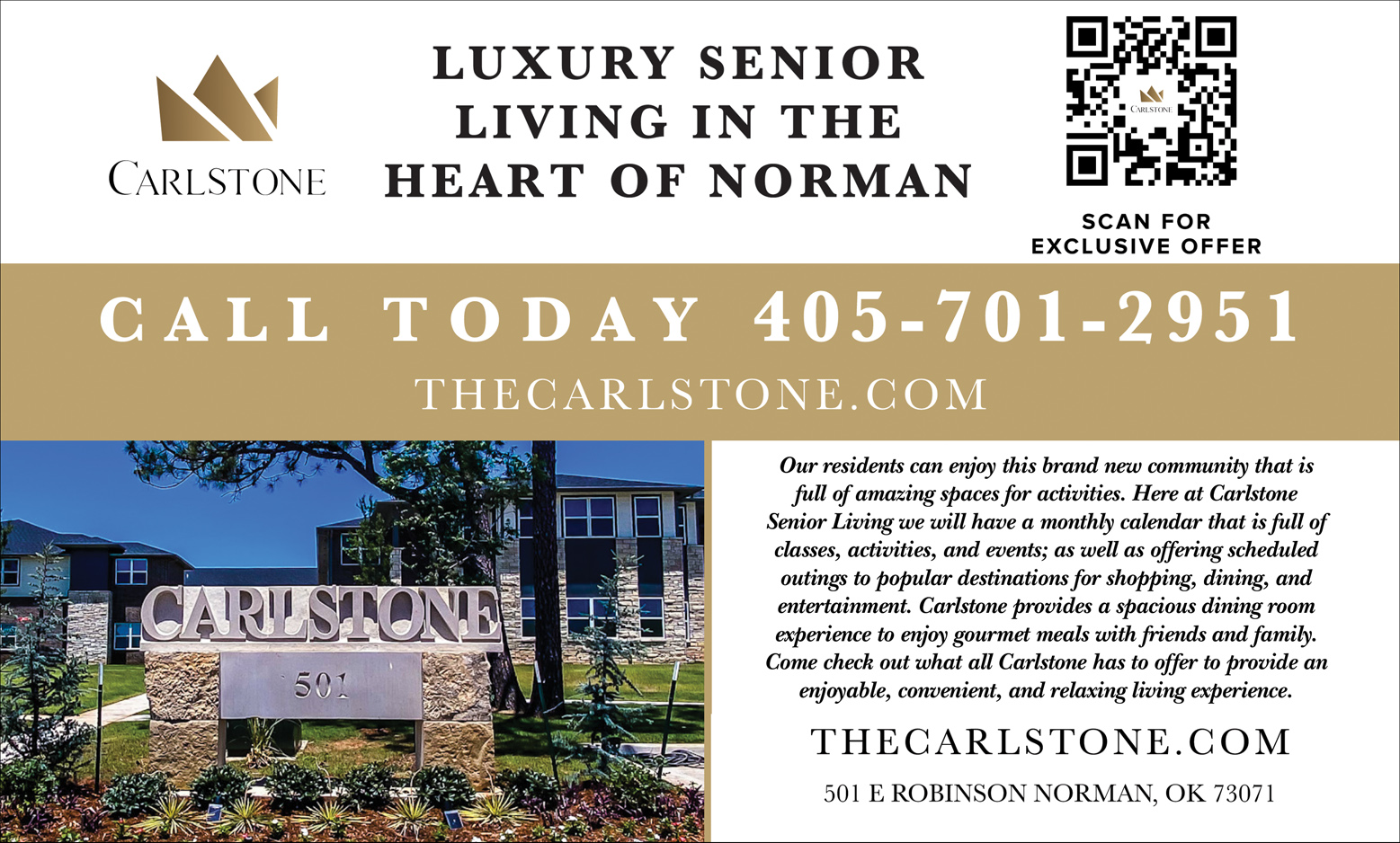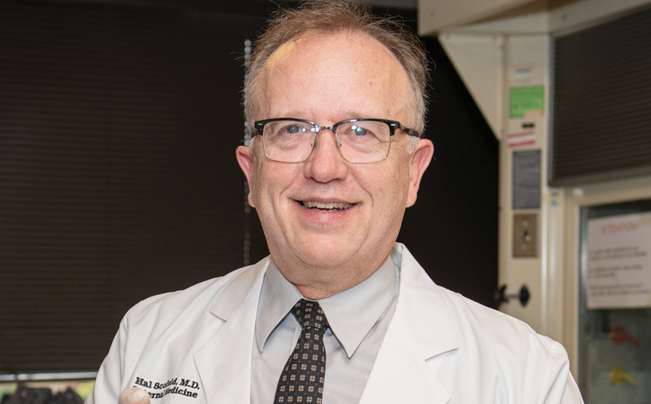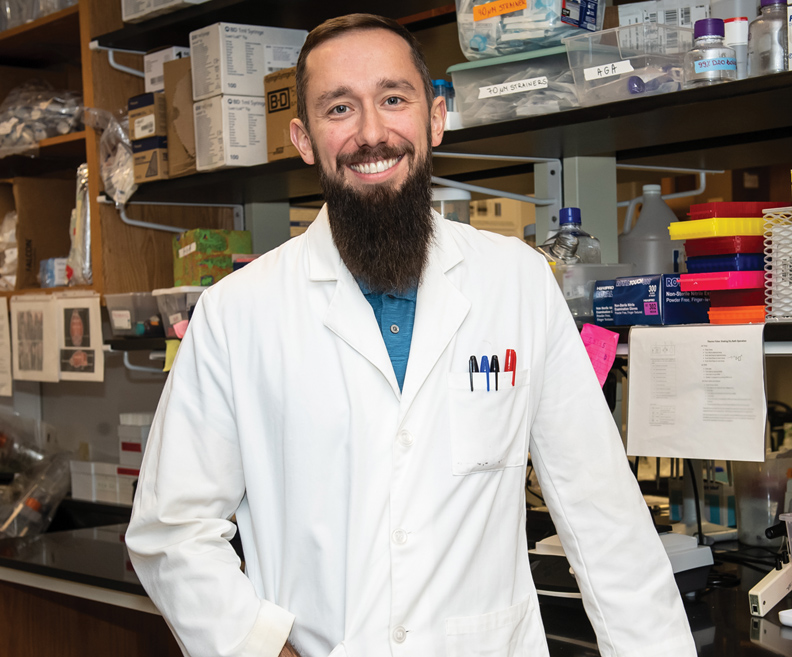Dear Savvy Senior,
What steps need to be taken after a loved one dies? My 71-year-old uncle, who’s divorced with no children, has terminal cancer. He’s asked me to take care of his affairs so I would like to find out what I need to do after he passes away.– Unsure Nephew
Dear Unsure,
I’m very sorry to hear about your uncle. The death of a loved of can bring about a host of different tasks and responsibilities. Here’s a list of some things you can do now, and after his death, that can help keep a sad event from becoming even more difficult.
Before Death Occurs
There are several tasks you can do now while your uncle is still living that will make things easier for you after he dies.
For starters, find out where he keeps all his important papers like his trust and/or will (also make sure it’s updated), birth certificate, Social Security information, life-insurance policies, military discharge papers, financial documents, key or combination to a safe deposit box or a home safe. Also make a list of his digital assets (including usernames and passwords) like his email account, online banking accounts, social media accounts, etc.
If your uncle doesn’t have an advanced directive, help him make one (see CaringInfo.org for free state-specific forms and instructions). An advanced directive includes a living will that specifies his end-of-life medical treatments and appoints a health-care proxy to make medical decisions if he becomes incapacitated. In addition, you should also make a do-not-resuscitate (DNR) order. Your uncle’s doctor can help you with this.
You should also pre-arrange his funeral, memorial service, and burial or cremation.
Immediately After Death
Once your uncle dies, you’ll need to get a legal pronouncement of death. If no doctor is present, you’ll need to contact someone to do this.
If he dies at home under hospice care, call the hospice nurse, who can declare his death and help facilitate the transport of the body.
If he dies at home without hospice care, call your uncle’s doctor. You’ll then need to call the funeral home, mortuary or crematorium to pick up the body. If your uncle is an organ or tissue donor, contact the funeral home or the county coroner immediately.
Within a Few Days
If funeral plans were not pre-arranged, you’ll need to make arrangements and prepare an obituary. If your uncle was in the military or belonged to a fraternal or religious group, you should contact those organizations too, because they may have burial benefits or conduct funeral services.
You should also notify family members, close friends and his employer if he was still working, and make sure his home is secured.
Up to 10 Days After Death
To wind down your uncle’s financial affairs, you’ll need to get multiple copies of his death certificate, which are typically ordered by the funeral home.
If you’re the executor of your uncle’s estate, take his will to the appropriate county or city office to have it accepted for probate. And open a bank account for your uncle’s estate to pay bills, including taxes, funeral costs, etc.
You also need to contact your uncle’s estate attorney if he has one; tax preparer to see if estate or final income taxes should be filed; financial advisor for information on financial holdings; life insurance agent to get claim forms; his bank to locate and close accounts; and Social Security, the VA (if he’s a veteran) and other agencies that provided benefits in order to stop payments.
You should also cancel his credit cards, delete or memorialize his social media accounts and, if relevant, stop household services like utilities, mail, etc. His home and personal belonging will also need to be dealt with in the coming weeks.
Send your senior questions to: Savvy Senior, P.O. Box 5443, Norman, OK 73070, or visit SavvySenior.org. Jim Miller is a contributor to the NBC Today show and author of “The Savvy Senior” book.




